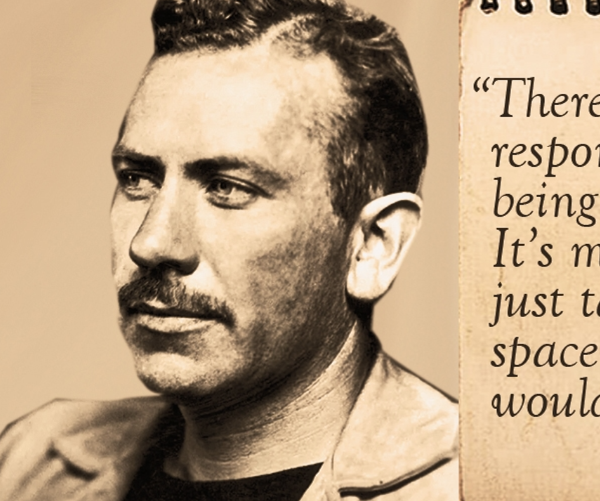If you’re impatient and you’ve got more money than you know what to do with, Disneyland is the most expensive place on earth.
The corporate rats running Disneyland and Disney World have rolled out a new perk.
It’s called Lightning Lane Premier Pass.
It is designed to allow you to go to the front of the line — for a price.
There are already run-of the-mill Lightning Lane single and multiple ride passes in place. But they require you to show up at a set time.
The single pass is $10 to $25 for one ride, depending upon the attraction.
The multiple ride pass is $30 and is good for one day only.
That is on top of the $104 to $194 daily admission ticket.
The admission price, using the dynamic pricing model that more and more concerns are using to shake down consumers, varies by day and time.
The Lightning Lane Premiere Pass goes one step further than the more mundane sounding lane cutting passes.
There is no requirement to reserve a time in the ride queue and then show up on time or lose your spot.
Instead, you just show up at the front of the line at any time and bump everyone else.
Your impatience comes at a price.
It’s $400 a day per person on top of the daily admission ticket.
That would make the admission cost alone for a family of five on a three day visit $8,250. That assuming at average basic admission of $150 apiece.
Tack on what social media Disney influencers say you should expect as a minimum to fork out for food at the park, which is $70 per day per person, and you’re talking about an in-park experience of $9,800.
Disney notes only a limited number of Lightning Lane Premiere Passes will be available on a given day.
It’s a long way from 1959 when Disney added the “E” ticket to ride pricing when they rolled out what would become their top attractions.
The initial three “E” rides were the Matterhorn Bobsleds, the monorail, and the submarine voyage.
The cost of an “E” ticket ride?
It was 85 cents in 1959.
For reference, the least expensive attractions back then were a dime each.
Keep in mind, the jump from the days when the costliest rides were 85 cents to the replacement with all day passes costing as much as $190 per person reflects inflation plus added attractions. That includes advancement in ride technology and the park experience.
The addition $30 “reserved time” pricing was akin to slipping the maitre d’ a $20 bill to get a good table or — even secure one — when they are at a premium.
That, of course, is at high end restaurants that allow such a game to take place to shake down willing patrons.
It’s something the French Laundry restaurants of the world do where folks like Gavin Newsom feast on pre-dinner hors d’oeuvres for $350, the same average price to cover three meals for a family of five at Mickey’s place in Anaheim.
The $400 “premium” charge represents a whole new category.
It clearly targets those well-heeled enough that they can afford an elite experience at Disneyland.
Even those with the patience of Job can see it wear thin after snaking their way for 45 minutes plus in a line to access Space Mountain or Pirates of the Caribbean.
Keep in mind before the pay-to-cut-the-line experience popped up, the only ones who went straight to the front were the handicapped and their families.
Disney already uses dynamic pricing.
At its core, the model is designed to lure more people to less favorable dates and times.
But as the backlash to Wendy’s proposed dynamic menu pricing showed, there is a limit to how far you can do down the rabbit’s hole in viewing patrons as cash cows and simply paying customers.
There is a different.
Wendy’s was immediately pegged for wanting to squeeze more profit out of the busiest time such as lunch hours when traffic increases.
That is dynamic pricing at its heart.
People tend not to look at it that way unless you make it too obvious.
In the case of Disney providing an option for faster access for those willing to pay for it, doesn’t come across as pure greed when it is limited to showing up at a set time.
Perhaps it is the fact the $30 up charge for a day, while not exactly Donald Duck feed, is likely within the financial means of the overwhelming majority of Disney guests.
But coming up with an option that only those more financially positioned such as Scrooge McDuck have the wherewithal to partake in, goes a long way to literally creating class lines.
There is the bread line for the common folk, and the ability for those well-heeled to cut in the front of the line at any time they so desire.
Do not misunderstand.
This is not a criticism of people that have money.
It is criticism of Disney executives.
Corporations exist to make money.
They provide jobs.
Their stock helps underwrite retirement accounts.
As such, this is not an anti-business slam.
That said, what Disney is doing with its elitist pricing is driving a wedge.
The company whose heart of their park experience embraces the Main Street Americana vibe is inching closer to emulating the Fifth Avenue Rockefeller vibe.
It’s not a small world, after all.
Disney is making it clear money separates the masses in the lines from the financial elites.
In doing so, it chips away at well-crafted all-inclusive fantasy world Walt Disney envisioned in the land of tomorrow.
Disney CEO Robert “Scrooge” Iger has made it clear.
It’s not a small world after all.
There are two separate worlds.
Those that have the ability to pay their way to the front of the world and those that don’t.
This column is the opinion of editor, Dennis Wyatt, and does not necessarily represent the opinions of The Bulletin or 209 Multimedia. He can be reached at dwyatt@mantecabulletin.com






